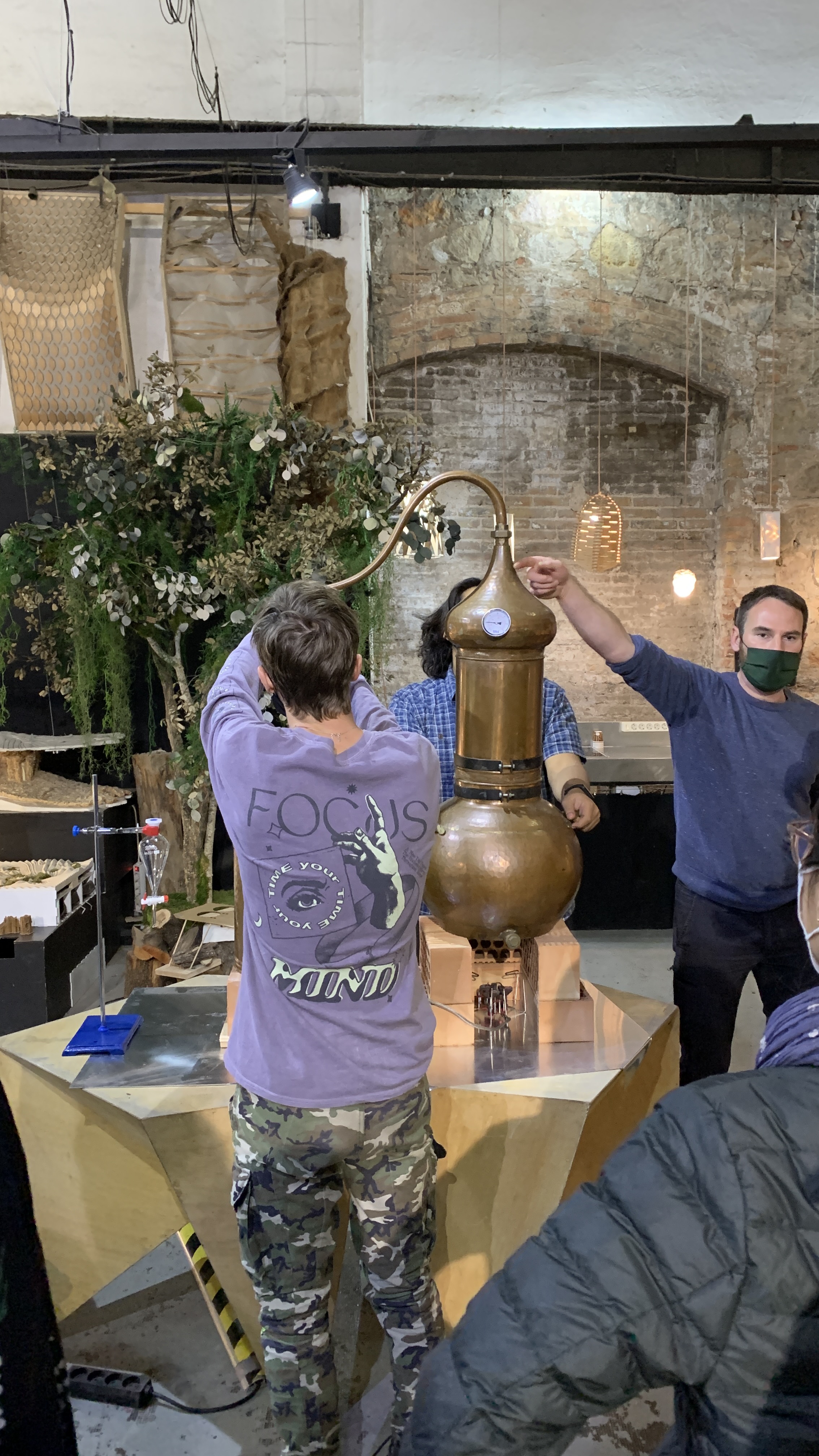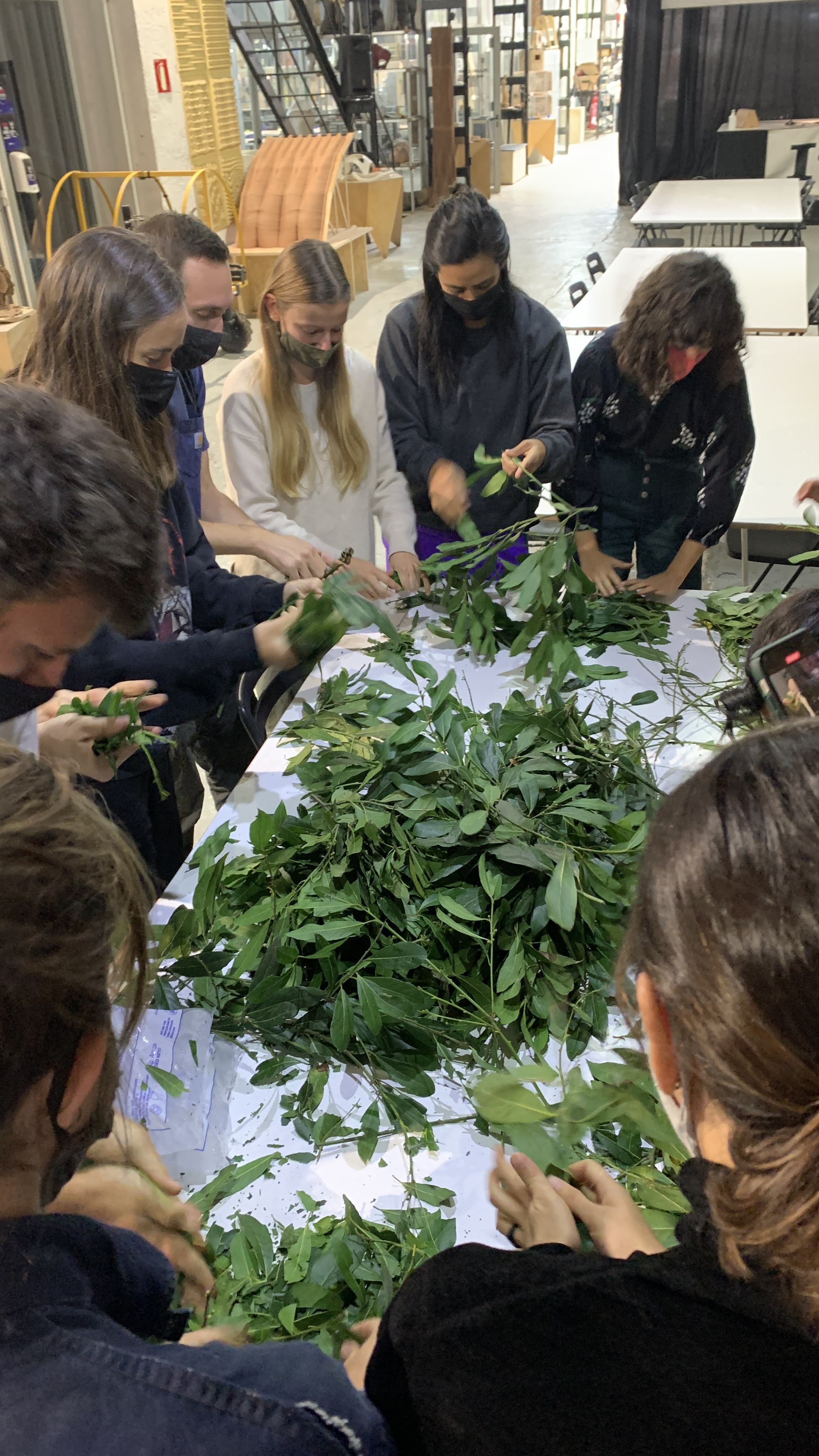The week started out with a catch up on the last part of Bio Zero, to make up for Friday’s switch around. We talked about complex processes that happen within our bodies, and many other organisms. We discussed DNA transcription and translation, mRNA, mutations, enzymes and more. Based on this information, we were given our assignment for Bio Zero: create a conceptual mutation of something that already exists in an attempt to solve a specific problem. You can find this assignment here.
When it comes to the Agrology part of the class, Jonathan introduced us to a variety of subjects, including bees, soil, farming processes, indegenous practices and biomaterials. It was fascinating to go in depth about topics that we see or benefit from every day without really thinking about them. I learned so many new things about beekeeping and how intelligent and organised the species is, but also how dependent we are on them, thus making it crucial for us to preserve them.
In many parts of the world, the bee population is declining due to a number of (mostly human) factors. Whether it be pesticides, herbicides, industrial farming practices or even climate change, the bees are facing a lot of threats and stresses. Jonathan explained that, contrary to small scale farming, industrial farming produces a vast amount of monocrops that spread out for hundreds of hectares. This output still requires pollination of the plants, but farmers often do not have bees on site all year round. Instead, they transport bees from one monoculture to another, putting excessive strain on them and killing the queen every year because a young queen makes the bees more productive.
The analogy which Jonathan offered was:
“Imagine you take your children to one side of the country, feed them only wheat for an entire generation, then kill their mother, transport them to the other side of the country, give them a new mother and feed that generation only bananas and then repeat that process continuously.” You end up with a bee population that is stressed, malnourished and unhealthy, and we are doing this on a massive scale, every year.
“Bees on tour” he joked.
In addition to this, he explained how the consequences of climate change and globalisation means that new predators are on the horizon. A giant wasp often referred to as “Murder hornet” has now arrived both to Europe and the United States from Asia. The 5cm long Vespa mandarinia is known to kill bees by ripping their heads off and feeding them to its children. It is able to do so to up to 30,000 bees in a single attack.
Although I am not particularly focused on the topic of bees during the course of this Masters’ program, I did find it interesting to learn about them, and the different ways in which we can contribute to the health of our bee population. Whether it be through robotics or specially designed bee hives, we can help bees do their job while yielding lots of delicious honey and fresh produce. Through our skills and technologies, we can find innovative ways to live in symbiosis.
As for the practical aspect of the course, there was much hands-on work too. We (literally) got our hands dirty by looking at soil, shaping various types in order to understand their properties. We then looked at the different colors of the soil and analysed the micronutrients and pH of each category. We were shocked that the micronutrient content (nitrate and phosphate) of some depleted soils was comparable to that of tap water. I found a chicken bone in my sample, and examined it under the microscope:
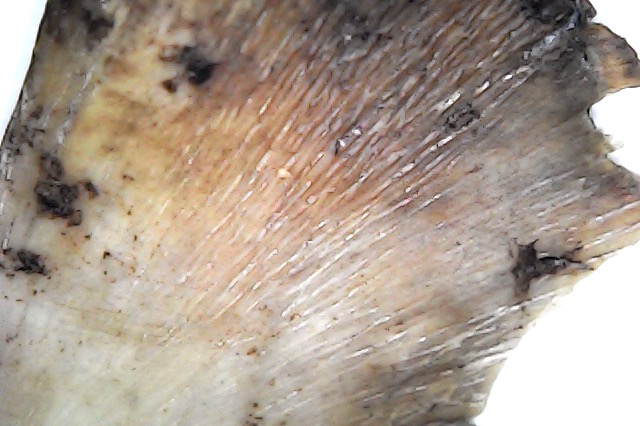
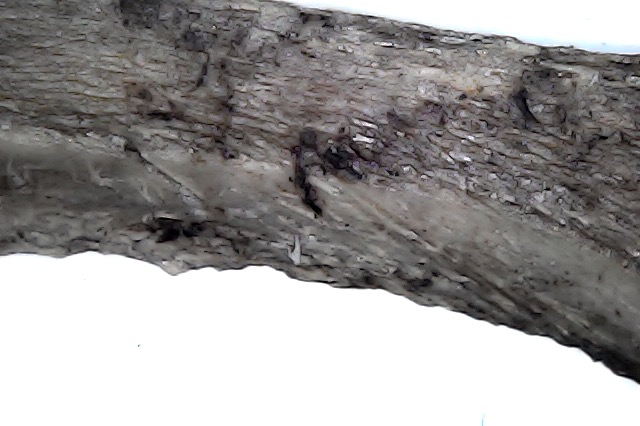
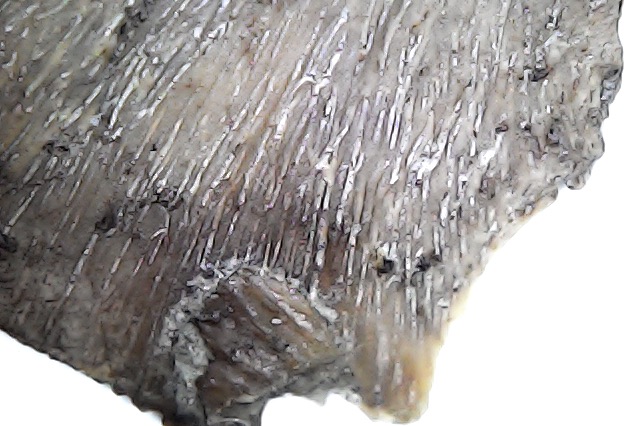
We also did some other activities, including making essential oils out of laurel. This was the distillator we used to complete the process:
